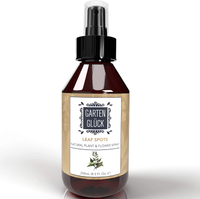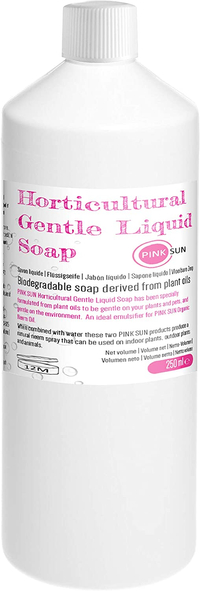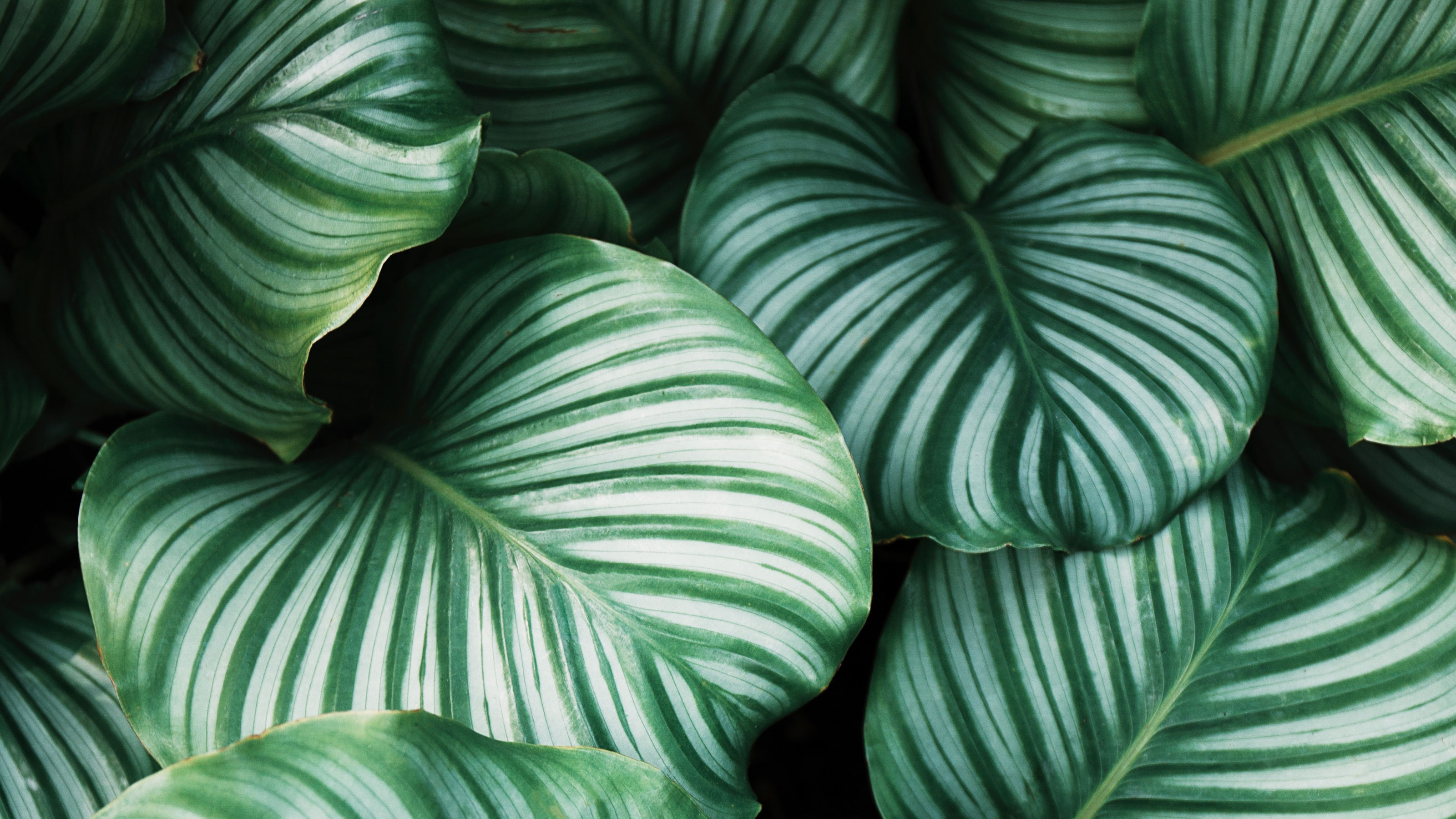

Need to learn how to get rid of mealybugs on houseplants – fast? We'll cut right to the chase.
These common little pests can be a death sentence for your favourite houseplants.
They appear as tiny, soft-bodied insects surrounded by a messy, white fuzz around the nodes - where the stems meet the leaves. You'll only really notice the females which are particularly small (around one-tenth of an inch) and hide their eggs in the white fluffy stuff. The eggs then hatch in around 10 days and produce nymphs who relocate to a new part of the plant to develop into adults.
They cause damage by drinking up the sap of their hosts, turning leaves yellow and over time cause the leaves to drop off.
Not sure you have this plant creepy crawly? You can check our how to identify houseplant pests guide to find out what you're dealing with.
Gardeningetc's Sophie Warren-Smith explains more: 'They suck sap whilst leaving a sticky honeydew residue that can lead to the development of a sooty mould. They look a bit like woodlice and lots of them together can resemble a ball of cotton wool, which is actually a fluffy wax that they use to protect themselves.'
'Cacti, orchids and African violets are particular favourites. The mealybugs weaken them after sucking the sap and can eventually kill them off.'
If you're certain these tiny bugs are causing your plants' issues, read on to rid yourself of them for good.
- Could your plant infestation be spider mites? Check out our guide to how to get rid of spider mites to double check.
How to get rid of mealybugs on plants
Like many pest infestations, figuring out how to get rid of mealybugs on houseplants can be tricky and prevention is better than the cure.
Making sure your houseplants are healthy will help limit their susceptibility to the mealybugs' clutches. So be the best plant mom and check out our top house plant tips. Check they have appropriate water, aren't underpotted or just generally weak because this is when these little pests will start to wreak havoc.
Once you've checked your plants' wellbeing, it's time to roll up your sleeves and tackle these pesky pests head on with the below tricks.
- Check out our guide on common plant diseases and how to treat them for further information.
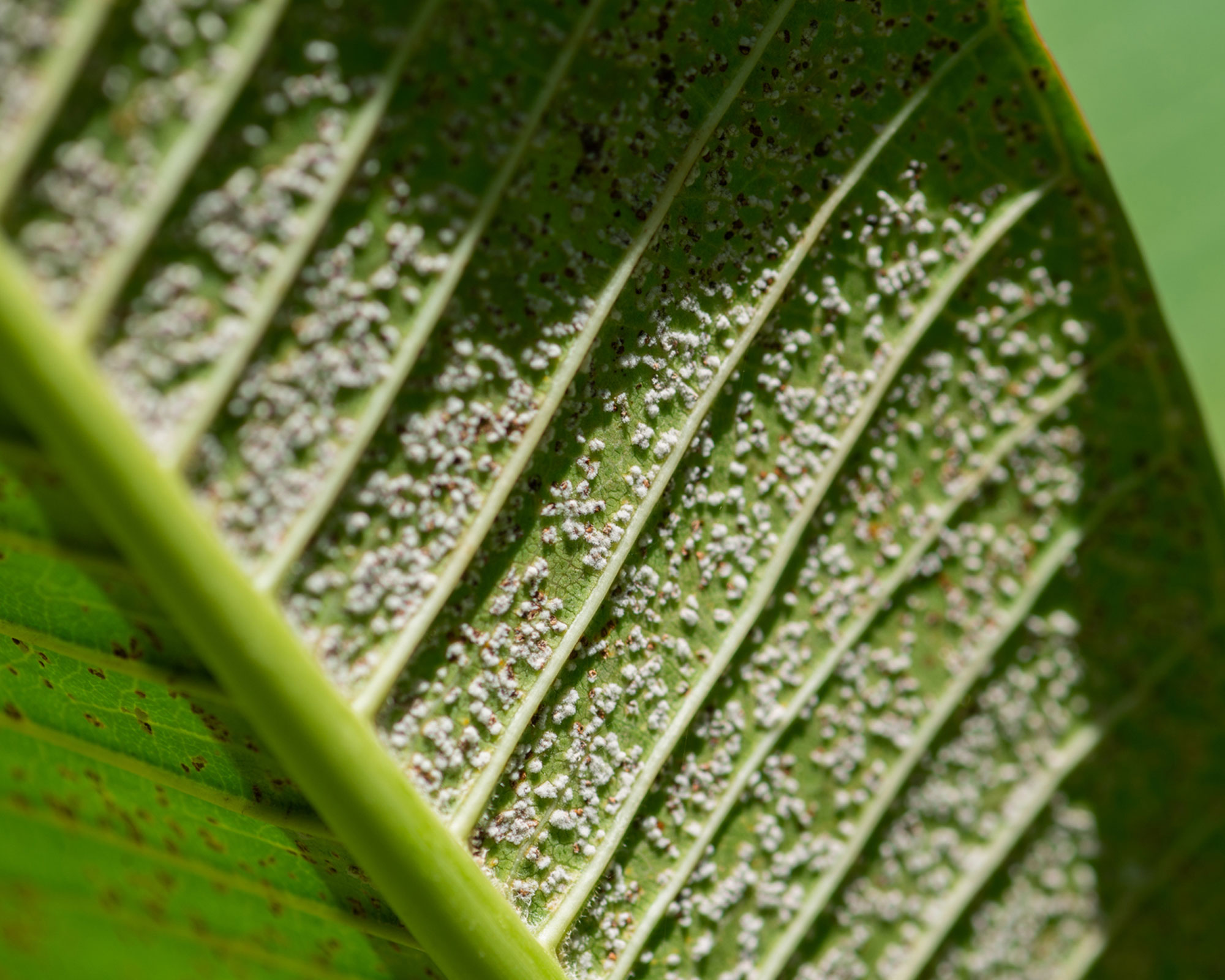
1. Use neem oil to treat and repel mealybug infestations
Neem oil is another secret weapon in the fight against most plant pests, and mealybugs are no exception.
It works in relatively the same way as insecticidal soap (see below), except it has the added benefit of also being a fungicide. It also has systemic benefits that make it extra special because the plant's roots absorbs the oil so when a new insect tries to invade your plant they'll be gobbling up lethal neem. Nifty, eh?
Martha Stewart's also a big fan of neem oil: 'To prevent mealybug infestations from recurring once you’ve gotten them under control, avoid over overwatering and over fertilizing, and regularly polish leaves with neem oil, which has a residual effect that keeps mealybugs from coming back.'
You can use it on veggies, food plants as well as ornamental plants and it's non toxic to pets and humans. Bonus.
Warning: Neem oil might kill some plants if they are young or weak. The oil shouldn't be applied too heavily but to be sure your plant can take it, test a small area of the plant and wait 24 hours before spraying it all over.
Want to know how to use it? Follow our instructions below or buy a ready-to-use version on Amazon below:
- Mix two to four tbsp of neem oil concentrate with one gal. of water in a spray bottle, but check the directions on the bottle.
- To prevent your plant's leaves from burning, apply the oil out of direct sunlight.
- After your 24 hour patch test, apply the oil to the entire plant, including the undersides of the leaves.
- Repeat after a week or two if needed.
Garten Glück Leaf Spot Treatment I Organic Neem Oil for Plants, £9.29, Amazon
This neem oil spray is made using organic neem oil which, with its fungicidal and insecticidal properties, does not only treat leaf spots but also acts as a protective spray to prevent plant pests and disease infestation.
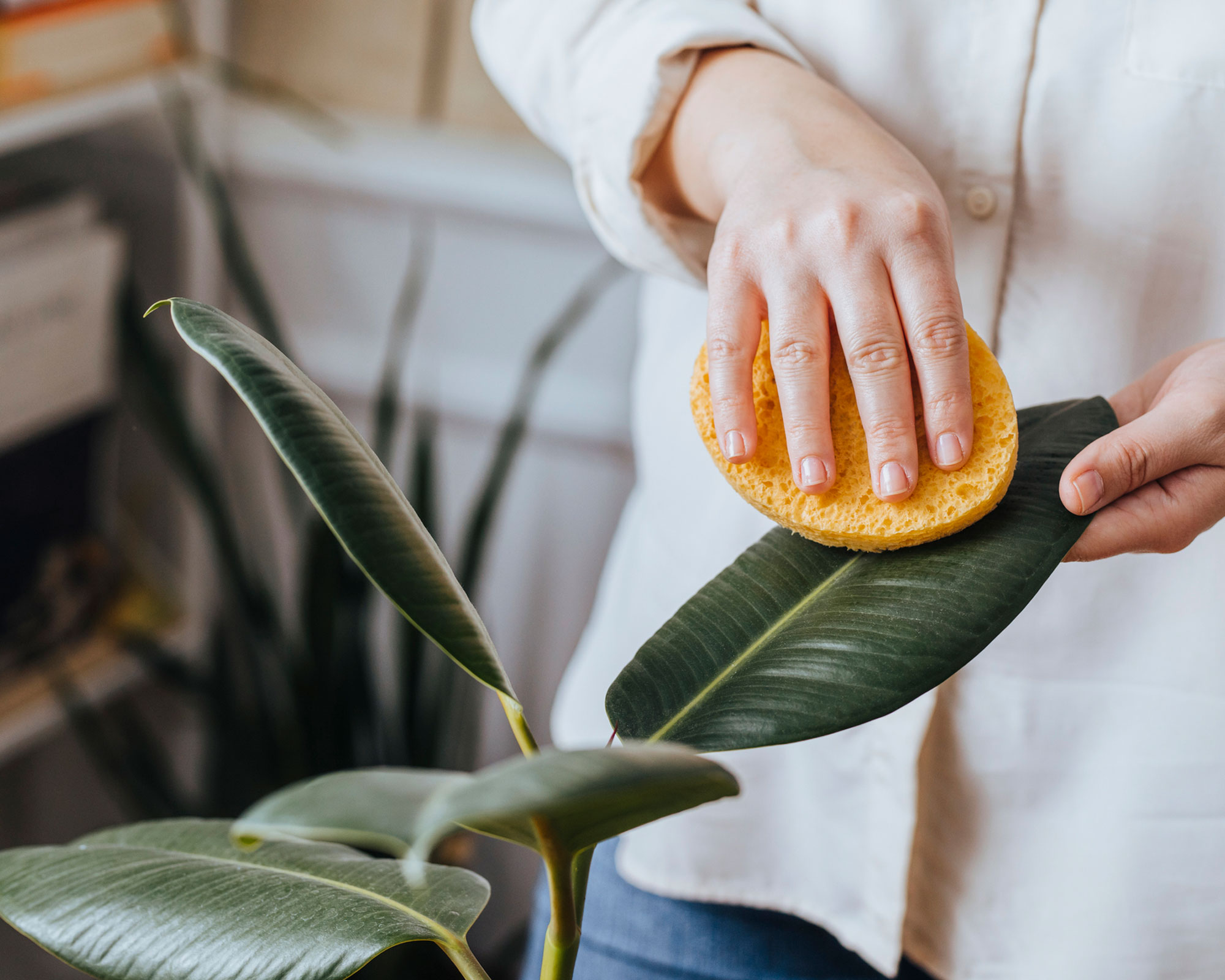
2. Wash off the mealybugs
We know what you're thinking; this seems way too easy... You'd surprised how effective washing mealybugs away can be for light infestations. Simply washing them away can also mean it's more likely that your plant will survive.
Here's how to remove these little pests with water:
- Fill a spray bottle with preferably a powerful, high pressure nozzle with water.
- Move your infected plant to the sink and spray vigorously to knock the insects off - not forgetting the underside of the leaves.
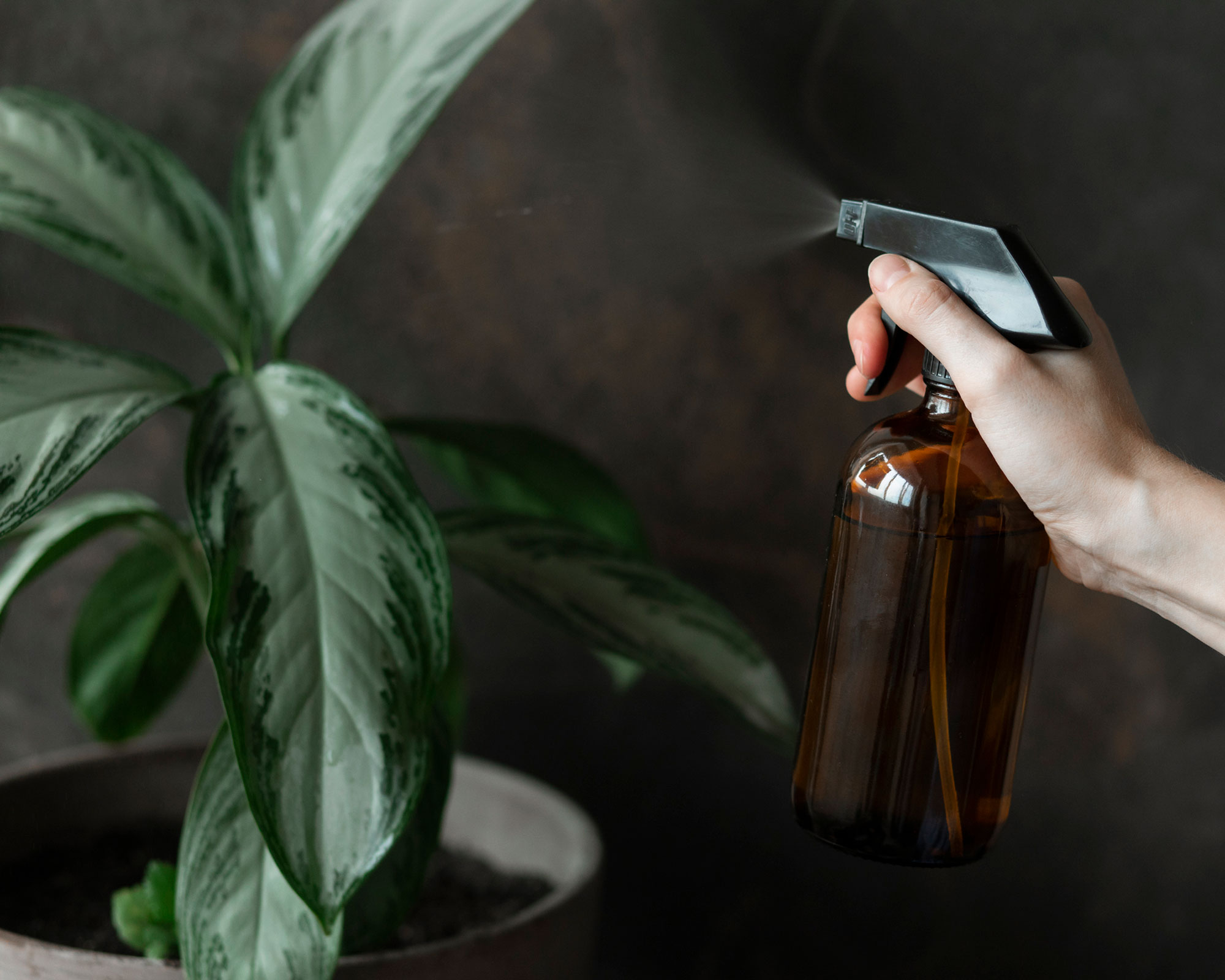
3. Use insecticidal soap to kill mealybugs
Insecticidal soaps are available on Amazon (see below), or you can make your own by using a washing up liquid. It is advised though to find a gentle liquid free of additives that may be harmful to your plants.
They work by smothering the insects, eventually killing them in the process.
Here's how to use it:
- Mix the soap in a weak concentration in a full, standard-sized 16 fl. oz spray bottle, adding 1 teaspoon initially and increasing as you feel necessary depending on the severity of the problem.
- Spray on the plant in the sink, paying attention to the undersides of the leaves and the stems of the plant where mealybugs often hide.
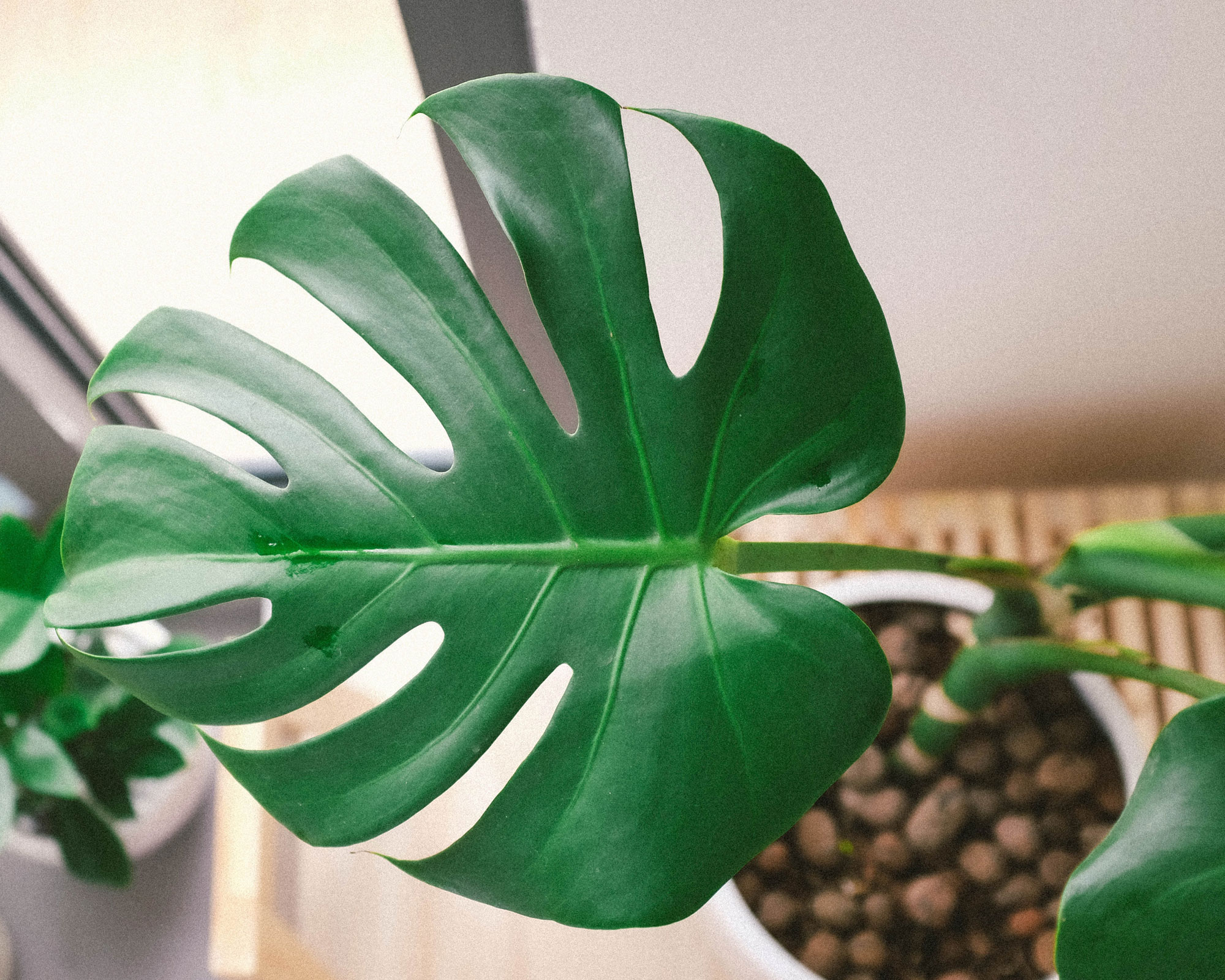
How to get rid of mealybugs in soil
Root mealybugs are slightly different to their close relatives because they feed off the root system of healthy ornamental plants (most commonly in succulents) and act as a catalyst to other plant diseases.
The first signs of this may be the yellowing and wilting of leaves and it'll look like the plant’s health is beginning to deteriorate.
If you have noticed this and suspect a soil mealybug infestation, it's best to inspect the roots and soil and do the following:
- Remove the plant from its pot.
- Take off and throw out as much soil as you can from around the roots.
- Set the plant's root system in hot water for around 10 minutes to sterilize and get rid of any bugs living in it.
- Sterilize the plant pot thoroughly.
- Add fresh soil and repot the plant.
- Try a little diatomaceous earth when repotting to kill off any eggs or bugs still clinging on.
- Learn more about how to look after your indoor foliage with our guide on everything you need to know about houseplants.
Martha Stewart's mealybug removal hack
Once again Martha Stewart has our backs with this clever home hack using rubbing alcohol:
'If you’ve only got a few mealybugs on your hands, then you can get rid of the pesky insects by dabbing them lightly with a Q-tip dipped in rubbing alcohol, or by enlisting the help of natural mealybug predators like ladybugs, lacewing, or the aptly named “mealybug destroyer.”'
Join our newsletter
Get small space home decor ideas, celeb inspiration, DIY tips and more, straight to your inbox!

Jenny is Senior Digital Editor and joined the team in January 2021. She also works on the homes brands' video show, on the Future Homes Network, which is packed full of ideas to help you make the most of your own home and garden. Since getting on the property market with her first apartment and then more recently a house, her passion for interior design and gardening has taken on a new lease of life. Jenny's currently on the lookout for a doer-upper to put her stamp on. She loves collecting and salvaging unique items (much to her other half's despair) but sniffing out stylish home bargains is her one true love. When she has a spare minute, she loves to do a spot of crafting, having studied textiles at Uni – although she hardly gets the chance with a toddler who keeps her permanently on her toes.
